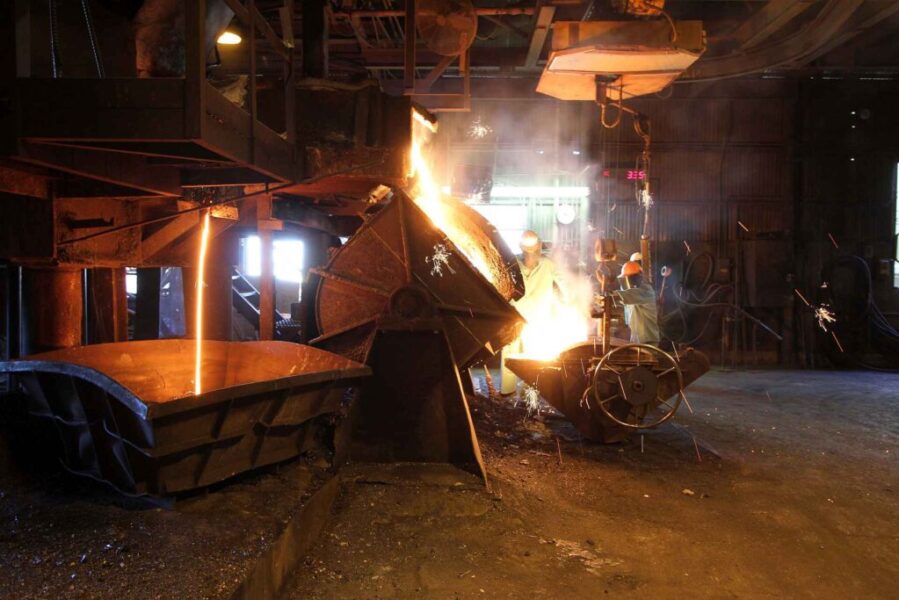Gray iron casting is a terrific manufacturing method for many specific automotive parts and on-road vehicle components. For automotive manufacturers, gray iron’s mechanical properties offer a crucial property: damping characteristics which substantially reduce noise, vibration, and harshness (NVH). That means the material absorbs vibrations and eliminates them before they reach the end user – critical for achieving the high level of comfort expected in modern passenger vehicles.
Additionally properties which make gray iron so effective as an automotive manufacturing material include enhanced lubricity, great compressive strength, and outstanding thermal properties. Learn more about how these attributes translate into better performance-engineered automotive components.
The Most Common Automotive Components Made from Cast Iron:
- Brake Rotors and Calipers – Cast iron is an ideal material for brake rotors, calipers, and related brackets/mounting components. Car brakes generate substantial amounts of heat and vibration every time the driver presses the pedal. Cast iron stands up to this intense thermal cycling while reducing the noise and vibrations that reach the passenger compartment. The enhanced lubricity and high compressive strength of the material are also ideal properties for brake performance, ensuring smooth operation while resisting warping.
- Suspension and Steering Components – Car suspension components are likewise subjected to extreme vibrations and impacts as the vehicle rolls over rough surfaces. Cast iron suspension and steering components help eliminate suspension NVH, providing for a quieter, smoother ride quality. Examples include suspension mounting brackets, control arms, steering knuckles, and cast linkages.
- Exhaust Manifolds – Engine exhaust manifolds guide extremely hot gasses out of the block and toward the back of the vehicle. Exhaust manifolds or headers therefore have to reliably withstand extreme fluctuations in temperature without warping or cracking, which would create a dangerous exhaust leak. Cast iron is both a functional and cost-effective metal for this application, with the added benefit of further reducing exhaust noise and vibrations.
- Engine Blocks and Cylinder Heads – Traditionally, cast iron was the material of choice for virtually the entire engine. In modern automotive manufacturing, aluminum is often preferred for its lightweight properties – especially in the case of cylinder heads. However, cast iron is still commonly used for cylinder blocks, sometimes in conjunction with alloy frames to combine the advantages of cast iron with the weight savings of aluminum.
- Powertrain and Transmission Parts – Cast iron is also an outstanding material for manufacturing powertrain and transmission components, especially housings. The material is strong, cost-effective, easily stands up to frictional heat, and reduces the NVH of internal gear/drivetrain components. In some applications, transmission and differential gears themselves are cast iron, though steel is more common in today’s automobiles.
The Advantages of Cast Iron Parts for Automotive Manufacturing:
- Reduces Noise, Vibration, Harshness (NVH)
- Enhanced Lubrication Properties
- High Thermal Conductivity and Resistance to Thermal Cycling
- High Compressive Strength
- A Highly Machinable Material
Quality American Casting Services for Automotive Manufactures and Parts Makers
Acme is one of the nation’s leading foundries serving the automotive manufacturing industry and beyond. Established in 1905, we offer well over a century of experience in quality casting services for automobile parts and components, along with the superior American craftsmanship your products deserve.

